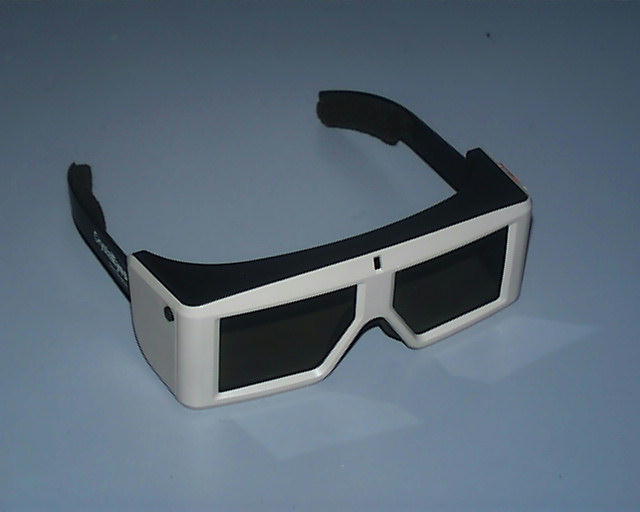The fact that a good half of people could care less, really hurts adoption.
I consider myself something of a 3D enthusiast, in that I bought CrystalEyes LCD glasses for my PC, back in 1995, and bought a 3D plasma TV that I still sometimes use to watch 3D movies (I have a few dozen 3D blurays and trade them with another guy at work who collects them even more than I do). When there's a movie I want to see in a theater, I pretty much only watch in laser 3D (either I-Max or Dolby Vision). I even have a half dozen or more PS3 games that support 3D TVs.
With all that being said, if I get engrossed in the movie, I find that I tend to forget I'm watching 3D and sometimes have to remind myself to pay attention to the eye candy. You just get used to it, I guess. From what I hear, a similar effect isn't uncommon among regular VR users.
I think holographic displays have limited applications. Mostly either like 3D modeling, CAD, or GIS displays, where there's a practical benefit to seeing depth. For the general public, they're good for grabbing people's attention as they walk by some kind of kiosk or window display.
I guess they'd make some pretty neat arcade games, though I'm not sure how much the arcade market even is, any more. Speaking of which, does anyone remember that 1991 Sega arcade game
Time Traveler, with the dish reflector that made a planar image appear to be suspended in free space?
Anyway, the major downsides of lightfield displays are that there's a bigger tradeoff vs. resolution, and they take a good deal of rendering horsepower, since you're essentially rendering the same scene from like 45 or 90 different angles. The pixel count is still whatever the display's native resolution, so we're talking about lots of geometry processing moreso than raster performance.
That's where this Acer display comes out ahead. It has a much smaller resolution tradeoff, and lesser geometry burden.




